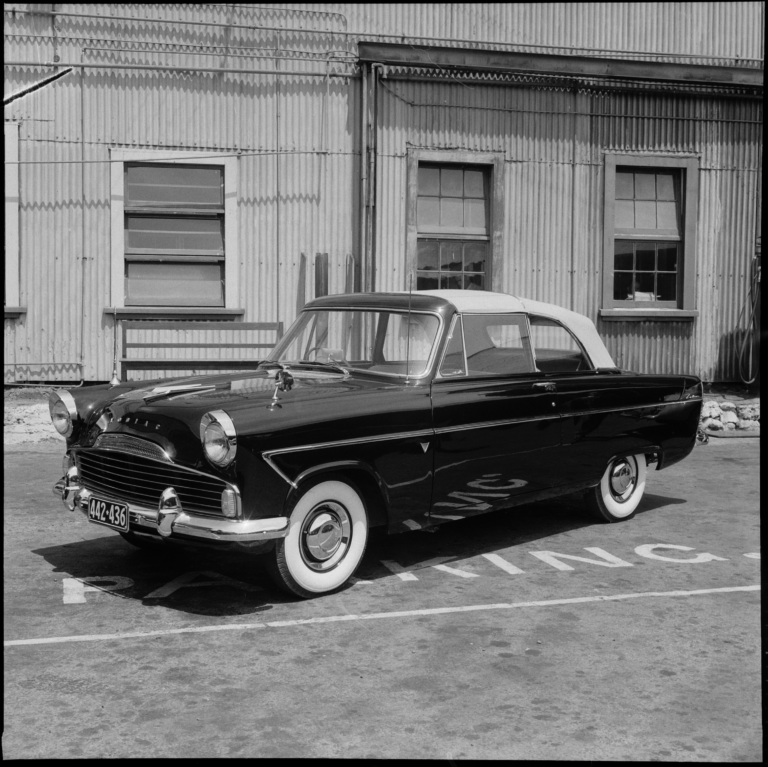Acclaimed director Roger Donaldson (The Bank Job, The Recruit, Cocktail), is making a feature documentary on the life of Bruce McLaren, a New Zealander who was well-known internationally as a race car driver, designer, and inventor in the 1950s and ’60s.
Donaldson is hunting for rare audio-visual material (photographs, home movies, audio recordings, etc.) of McLaren, who founded the highly successful Formula One McLaren Motor Racing Team.
Donaldson, a motor racing fan, directed The World’s Fastest Indian, starring Anthony Hopkins, about another New Zealand speed pioneer, Burt Munro.
“Legendary Kiwi race car driver and engineer Bruce McLaren was tragically killed testing one of his cars in 1970,” Donaldson says. “We are very keen to find archival footage that documents this extraordinary New Zealander’s life. So, if you have or know the whereabouts of any potentially interesting film, please be in touch with us. Photographs, home movies, souvenirs; if it is about Bruce, we would love to see it.”
The film’s producers feel there may be more treasures yet to be located, possibly in England, where he lived, and Europe and USA, where he raced.
The film is produced by Matthew Metcalfe (Beyond the Edge, The Dead Lands), through his company General Film Corporation, and Fraser Brown (Orphans & Kingdoms). It has investment from the New Zealand Film Commission, Images & Sound, and The Giltrap Group.
The producers ask that anyone with material featuring Bruce McLaren, or associated people in his life during the 1950s and ’60s, contact researcher Pheobe Shum at [email protected].


